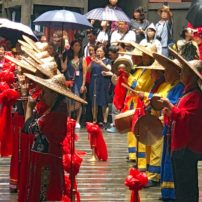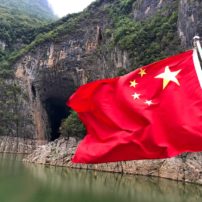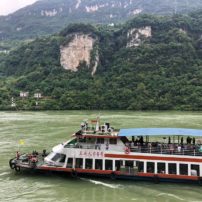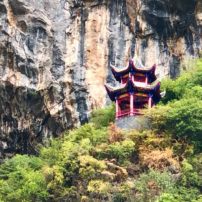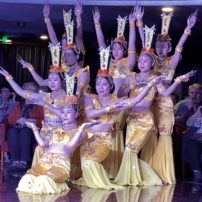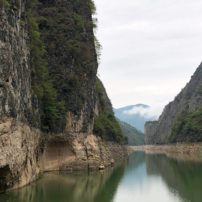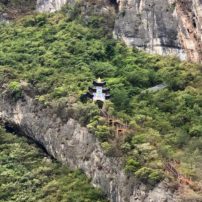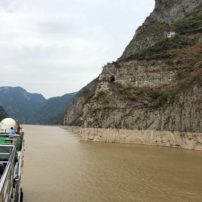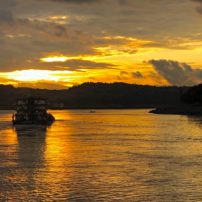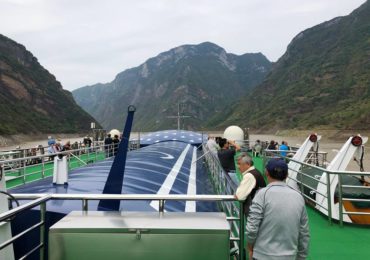
It’s mind-boggling. China’s population is more than 1.4 billion. Yes, billion with a B. Eclipsing the United States with the 2019 population count at 330 million (India fast gaining on China with 1.3 billion).
Billions of people. Where to put them all? How to manage them? This is China’s challenge.
There are small but noticeable efforts in Shanghai and other cities in China: electric scooters eliminating fumes and noise pollution, no public trash cans but also no litter (locals are trained to take it with them), emissions control and government recycling programs.
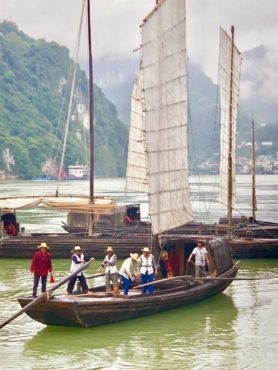
But the most astonishing thing China has done over the past few decades is the building of the Three Gorges Dam. The largest hydropower project in the world now provides much-needed electricity to its population. But at a very high cost financially, environmentally and culturally.
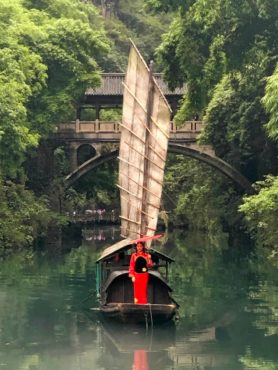
In 2008, China relocated 1.27 million people (13 cities, 140 towns, 1,350 villages) before the new Three Gorges Dam flooded the fertile valleys and fishing areas used by Chinese people for thousands of years. The Three Gorges Dam raised the level of the Yangtze River 550 feet. Today, the placid reservoir upstream of the dam is 372 miles and hides in its murky water thousands of years of history and culture.
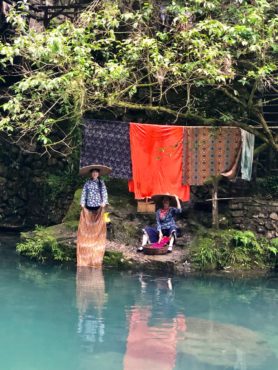
Seeing the Yangtze from one of many small cruise ships that provide access is a remarkable way to learn and try to understand this culture and its people. The Yangtze is the third-longest river in the world (after Amazon and Nile) and offers a unique perspective about the battle of a changing world and an overpopulated country.
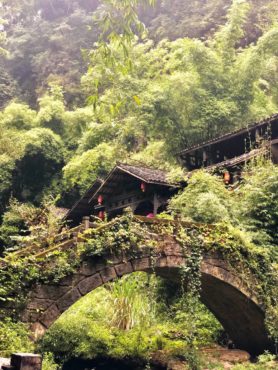
Most visitors to a Yangtze cruise will begin their journey via air or high-speed train in the town of Yichang. From there, a 45-minute car ride takes you to the cruise boats, in a small pier just above the dam (you can also take a cruise going the other direction from Chongqing).
Although there are larger vessels, the American-owned Victoria Cruises’ MV Sophia is a perfect choice, with fewer than 200 passengers in a comfortable 295-foot ship and 104 passenger cabins. On board, you will meet guests from China, Europe and North America, and be pampered with outstanding food and service. The four- or five-day cruise offers multiple excursions, some included and some at an extra cost.
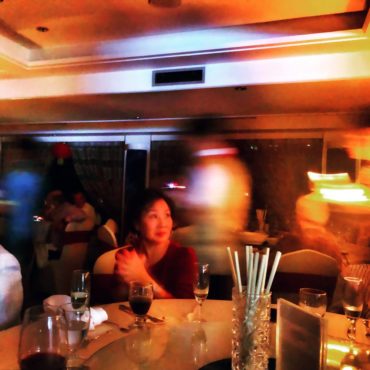
Touring the Three Gorges Dam is a fantastic opportunity to see first-hand this engineering marvel. The plant took 17 years to build and can produce more than 18,000 megawatts at maximum capacity. Harnessing the Yangtze has given China the opportunity to generate prodigious amounts of electricity and to control flooding.
On the other hand, touring the Three Gorges Tribe site provides visitors a beautiful opportunity to witness and engage in an ancient way of life in the gorges area. Since few of the ancient villages remain, the Three Gorges Tribe site is a re-creation of a typical village from antiquity. Very well presented and interpreted by an English-speaking guide, the site explains ancient methods of fishing and navigating the river, living in and around the river, and the ways the tribes created communities and thrived.
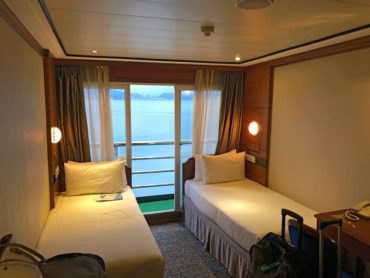
A small boat tour up the Shennong Creek one afternoon provides a view into the many small tributaries that flow into the Yangtze. Here, locals raise cattle and farm in small patches of hilly land on the creek. Giant caves are home to bats and swallows, and ancient coffins hang tucked in cracks of the cliffs — this is how people were “buried” to avoid flooded burial grounds.
Throughout the cruise, the MV Sophia passes huge cities along the Yangtze, all lit up and beautiful at night, surprising each time since you feel you are really out in the middle of nowhere. But in China, there are people everywhere. A town with a population of 100,000 is considered small.
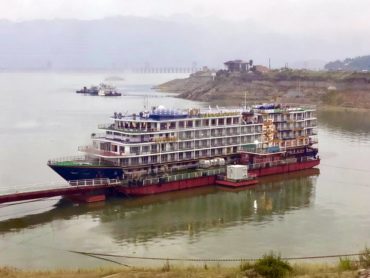
The most secluded stretch passes through the Wu Gorge and the Qutang Gorge. Scattered tiny homes, temples and pagodas perch high in the cliffs, while the water flows slowly over ancient villages 500 feet below.
Throughout the cruise, regular entertainment is provided after dinner, focusing on multiple tribal dances, costumes and music. The small crew does a first-class show for the guests and it’s one of the highlights of the experience.
Another highlight is the amazing food. Served buffet style three times a day, both Chinese and Western options are available. On the final night, an over-the-top feast is presented at your table with dozens of Chinese specialties in an all-you-can-eat banquet. Sublime.
For the price (starting at $350), this cruise is an exceptional value, educational, relaxing, entertaining and beautiful. Although flights to China are expensive (as is the entry visa), combining a Yangtze cruise with visits to other parts of this magnificent country (ancient Beijing, shiny-new Shanghai and fascinating Xian are recommendations) makes a perfect vacation. Flights from Seattle are frequent.




